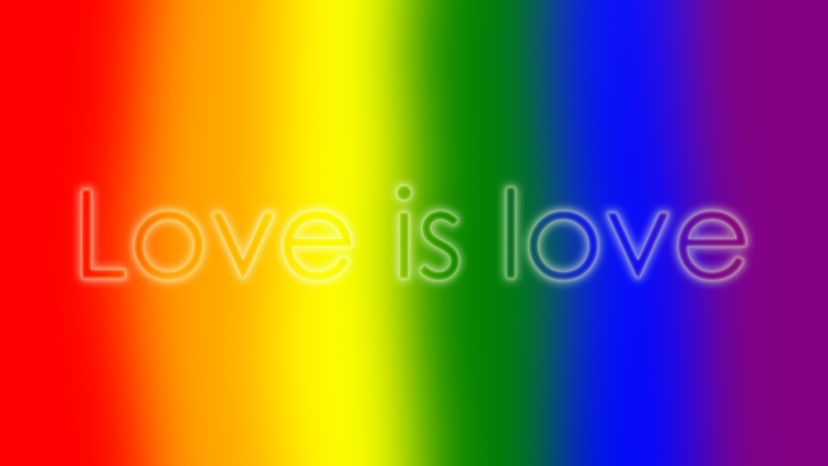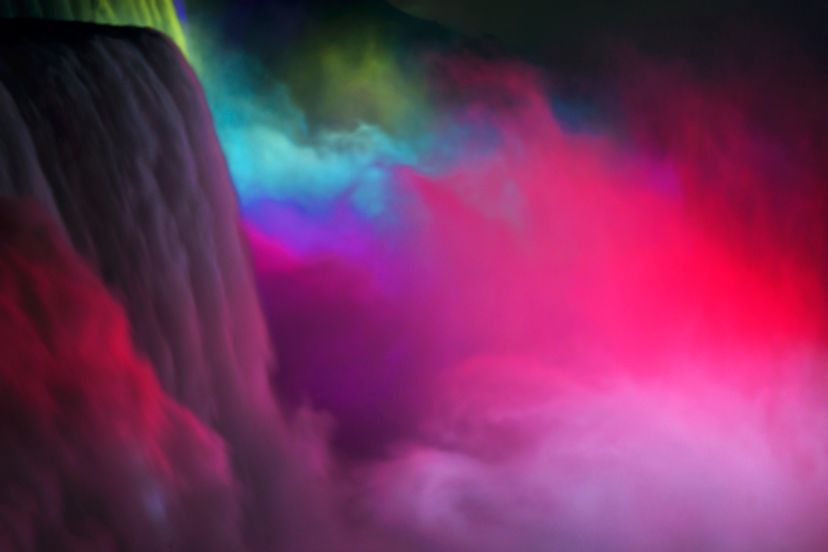Now that we've explored the overarching principles of color symbolism, let's delve deeper into the specific meanings and associations of individual hues. From the fiery passion of red to the calming serenity of blue, each color carries a unique set of symbolic meanings that can profoundly impact our perceptions and experiences.
Red: Passion, Power, and Danger
The color red is a true paradox, evoking a wide range of emotions and associations. On the one hand, it is often linked to love, passion, and desire, as evidenced by the ubiquitous red rose and the crimson hearts of Valentine's Day. However, red can also symbolize aggression, danger, and even anger, with its intense, fiery hue triggering a primal response in the human mind.
In many cultures, red is also associated with power, strength, and vitality, making it a popular choice for the uniforms of authority figures and the accents of prestigious events. Interestingly, the varied interpretations of red can also be seen in its use in different contexts – while a bright red stop sign commands immediate attention and caution, a deep burgundy might evoke a sense of elegance and sophistication.
Orange: Enthusiasm, Creativity, and Warmth
Occupying the middle ground between the intensity of red and the serenity of yellow, orange is a vibrant and energetic color that is often associated with enthusiasm, creativity, and warmth. Its sunny, cheerful hue can inspire feelings of joy, optimism, and a zest for life, making it a popular choice for branding and advertising campaigns targeting younger audiences.
In certain cultural contexts, orange also carries symbolic meaning related to spirituality and transformation. In Hinduism, for example, the color is closely linked to the chakra system and is believed to represent the energy and vitality of the self. Similarly, in the world of design, orange is often used to convey a sense of youthfulness, playfulness, and innovation.
Yellow: Happiness, Optimism, and Caution
As the brightest of the primary colors, yellow is often seen as a symbol of happiness, optimism, and intellectual stimulation. Its warm, cheerful hue can evoke feelings of joy, energy, and confidence, making it a popular choice for use in children's products, educational materials, and sunny, uplifting designs.
However, yellow's symbolic meaning is not without its complexities. In some contexts, the color can also be associated with cowardice, sickness, or even deceit, reflecting the duality of human emotions and experiences. Additionally, the specific shade of yellow can significantly impact its symbolic interpretation – while a vibrant, golden yellow might symbolize wealth and prosperity, a more muted, mustard-like hue could be seen as dull or uninviting.
Green: Growth, Harmony, and Envy
As the color of nature, green is often associated with themes of growth, renewal, and harmony. Its calming, soothing hue can evoke feelings of balance, tranquility, and environmental stewardship, making it a popular choice for use in eco-friendly branding and sustainable design.
However, green's symbolic meaning is not limited to positive associations. In some contexts, the color can also be linked to envy, greed, and even illness, reflecting the complex and sometimes contradictory ways in which we perceive and interpret different hues. The specific shade of green can also impact its symbolic interpretation, with brighter, more vibrant greens often associated with new beginnings and freshness, while darker, more muted greens might be seen as more stable and mature.
Blue: Trustworthiness, Calmness, and Sadness
As the color of the vast sky and the deep ocean, blue is often associated with themes of trustworthiness, calmness, and serenity. Its cool, soothing hue can evoke feelings of stability, loyalty, and introspection, making it a popular choice for use in corporate branding and design projects that aim to convey a sense of professionalism and reliability.
However, blue's symbolic meaning is not without its complexities. In some contexts, the color can also be linked to sadness, depression, and melancholy, reflecting the duality of human emotions and experiences. The specific shade of blue can also impact its symbolic interpretation, with lighter, more vibrant blues often associated with clarity and openness, while darker, more muted blues might be seen as more serious and contemplative.
Purple: Royalty, Spirituality, and Creativity
As a blend of the warm, passionate hues of red and the cool, calming tones of blue, purple is often associated with themes of royalty, spirituality, and creativity. Its rich, regal hue has long been linked to power, luxury, and high social status, making it a popular choice for use in the branding and design of premium products and services.
However, purple's symbolic meaning extends beyond its association with wealth and privilege. In many spiritual and religious traditions, the color is also linked to themes of mysticism, intuition, and personal transformation, reflecting its ability to inspire contemplation and introspection. Additionally, in the realm of creative expression, purple is often seen as a symbol of imagination, innovation, and the blending of diverse perspectives.
White: Purity, Simplicity, and Cleanliness
As the absence of color, white is often associated with themes of purity, simplicity, and cleanliness. Its pristine, unassuming hue can evoke feelings of innocence, peace, and fresh beginnings, making it a popular choice for use in bridal gowns, hospital environments, and minimalist design.
However, white's symbolic meaning is not limited to these positive associations. In certain cultural contexts, the color can also be linked to death and mourning, reflecting the complex and sometimes contradictory ways in which we perceive and interpret different hues. Additionally, the use of white in design can also convey a sense of sterility, emptiness, or a lack of personality, depending on the specific context and application.
Black: Power, Sophistication, and Mourning
As the absence of all color, black is often associated with themes of power, sophistication, and mourning. Its deep, authoritative hue can evoke feelings of mystery, elegance, and formality, making it a popular choice for use in high-end fashion, luxury branding, and formal events.
However, black's symbolic meaning is not without its complexities. In some contexts, the color can also be linked to themes of darkness, evil, and death, reflecting the duality of human experiences and perceptions. Additionally, the use of black in design can also convey a sense of seriousness, stability, and reliability, depending on the specific context and application.





